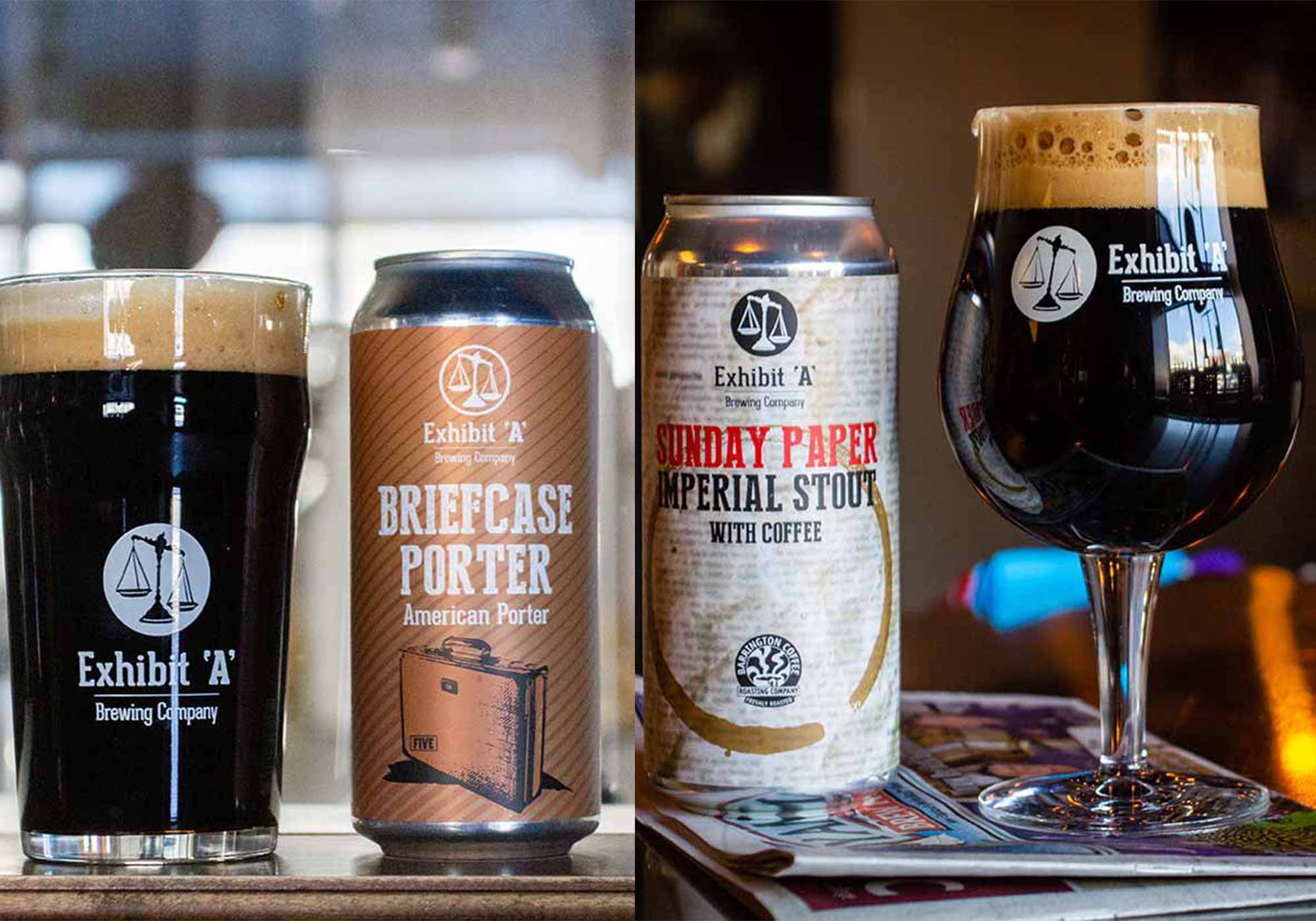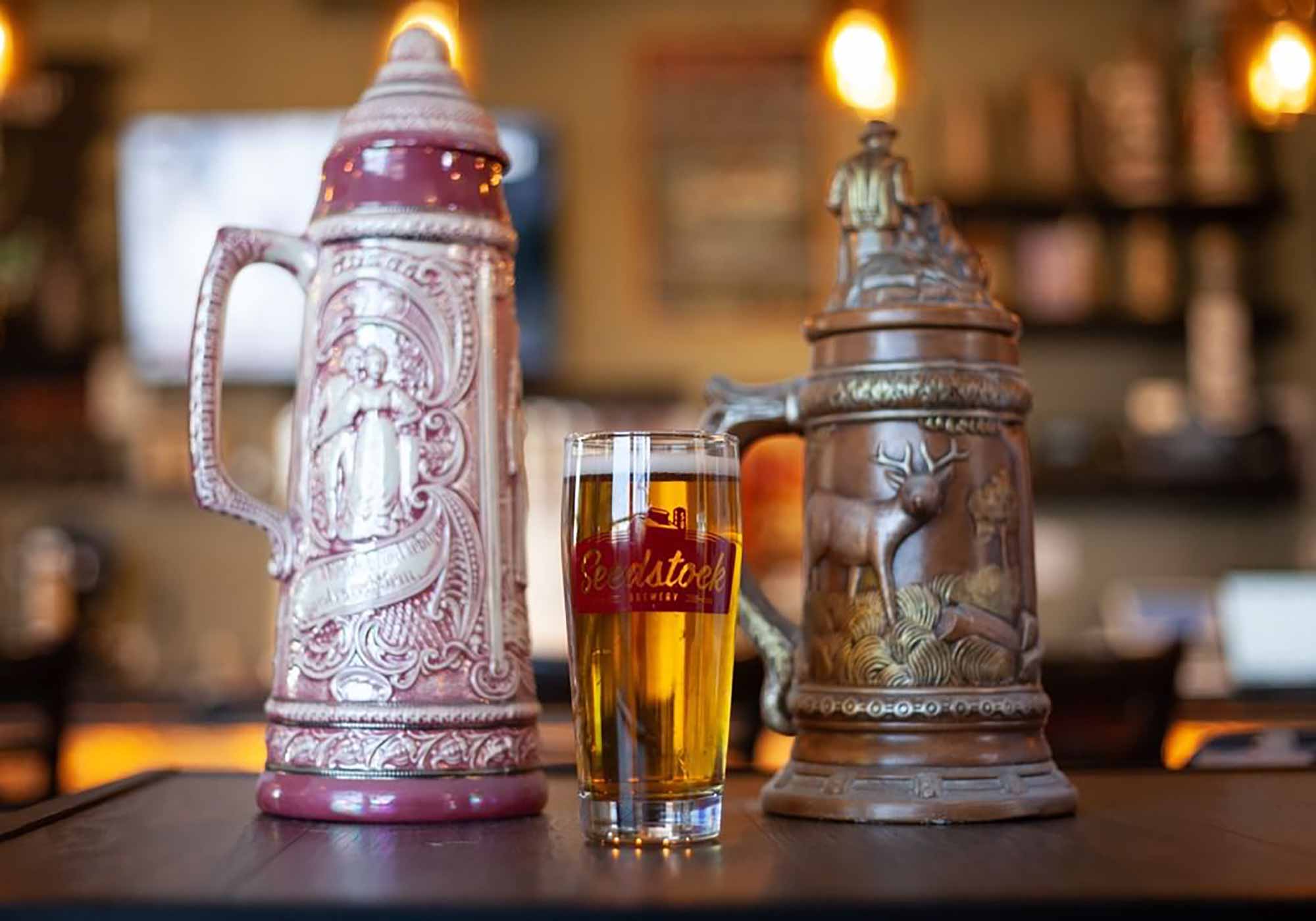When a chill enters the air and the calendar flips to fall people often start shelving their IPAs and busting out their dark beers. Hops, hops, and more hops won’t do when it’s sweater weather. Motueka, Simcoe, Citra, and Aztec are for summer. Of course, this is nonsense. Drink what you want when you want it. But dark beers do suit the season. So which dark beer to choose? A porter? A stout? Aren’t they interchangeable? They’re both dark! They’re both roasty and toasty. What’s the difference? What does it all mean?
The distinctions separating porters from stouts are meaningful. But they also don’t mean anything at all. There are breweries out there selling stouts that, strictly speaking, are actually porters. And it’s possible the reverse is true, too. If you survey a handful of brewers about what makes a porter and what makes a stout, they’ll probably agree only on the grain bill as the line of scrimmage. Everything else comes down to preference, to style, to perspective, and to an extent history. However, even that doesn’t have a meaningful impact on how brewers separate the two similar-but-not-the-same styles.
The only thing clear in this debate: The “porter or stout” conversation is pretty muddy. But we wanted to try our best to give you a guide to some key distinctions. Overall, if a given brewery makes a good stout, or a good porter, maybe the identifying qualities don’t really matter. But brewing culture has individualized porters from stouts for a few key reasons. So let’s head into 2021’s brisk months knowing how one style stands out from the other. And above all why that’s important.
What Makes A Porter? What Makes A Stout?
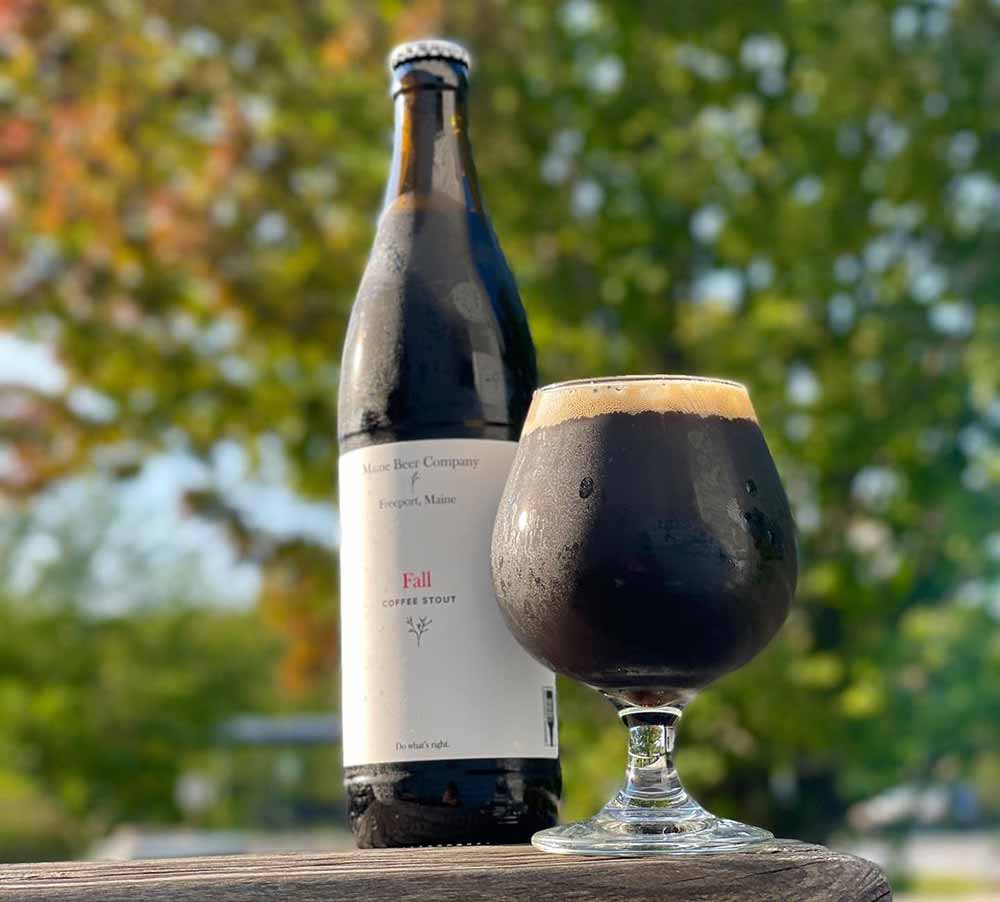
This simple question is the first one worth asking when untangling porters and stouts. Here’s the best breakdown: Porters use malted barley and stouts use unmalted roasted barley. That’s it! After all that hubbub the contrast between the two styles is an easy pop quiz answer.
But of course the characterization of porters and stouts in the craft beer industry is a bit more complicated than that.
Okay Then, Wise Guy: Where Do Porters and Stouts Come From?
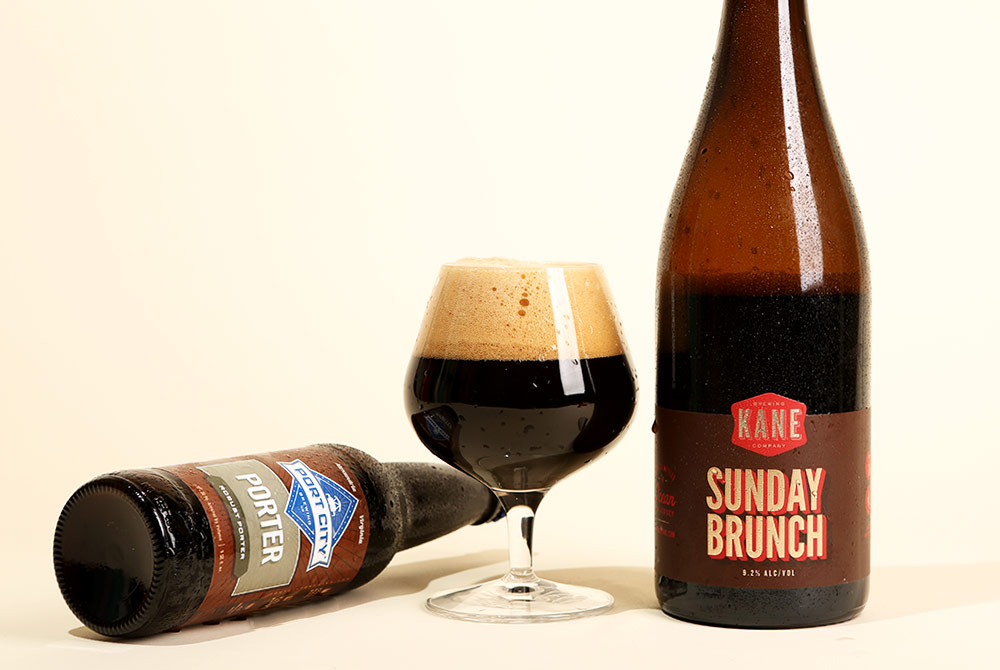
To clarify, this is one of the more complicated questions. And at first the answer may seem to muddy the waters. But stick with us here.
You may have heard the stripped-down account of porters’ origins. In early English brewing culture brewers produced a darker, richer version of the English mild, brown ale. The new style earned its name in acknowledgement of who drank it the most: Dock workers (aka “porters”).
Breaking their backs hauling goods off of ships docked in London, these workers would go to a local pub after their shift for well deserved refreshment. “Eventually the style took its name after the porters and it was just called the porter,” says Kelsey Roth, certified Cicerone and General Manager of Exhibit ‘A’ Brewing in Framingham, MA. “But at that time in English brewing tradition, the stronger alcohol versions of the beers were often considered the premium product.”
For instance, a brewery would have brewed a lower-ABV pale ale alongside an “extreme” pale ale clocking in at 8% or 9% ABV. English brewers would have done the same with their darker beers. “They would brew a lighter version that’s generally considered a brown porter today, and then they would do a robust porter, and then they would do a stout porter,” says Roth. Breweries would market their stout porters as the best offering in their arsenal. Moreover, the name stuck for years until eventually, they dropped the “porter” and just called it “stout” instead.
The rest is drunk history. And while there are of course exceptions this past history set the course for today’s presumptions: Stouts are big, porters are small.
Most breweries rocking a stout on their tap list tend to crank up the gravity and pour in the adjuncts. Or they age a base stout in a variety of liquor barrels for a lengthy period of time. “All Imperial, all the time” could be the logline for contemporary stouts all over the U.S.. Meanwhile, porters fall on the lighter side.
Highly rated examples of the style – Ecliptic’s Capella Porter, Highland Brewing’s Oatmeal Porter, Fremont’s Morpheus Coffee Porter – rest comfortably in the 5% ABV range. Occasionally, porters will tip into the neighborhood of 6% ABV, such as Edmund Fitzgerald by Great Lakes Brewing. Of course, Imperial porters exist too. And some, like Jack’s Abby’s Lager Ness Monster, will knock you clean on your ass. But generally, alcohol content has separated these styles. Stouts are higher in ABV and porters are lower. For most folks the “size” will be the only thing that matters when they’re choosing a dark beer to drink. And look: Life should be about drinking beer that you’re happy to drink.
But for others, especially brewers, it’s the ingredients that make the most difference.
What Ingredients Define a Porter and a Stout?
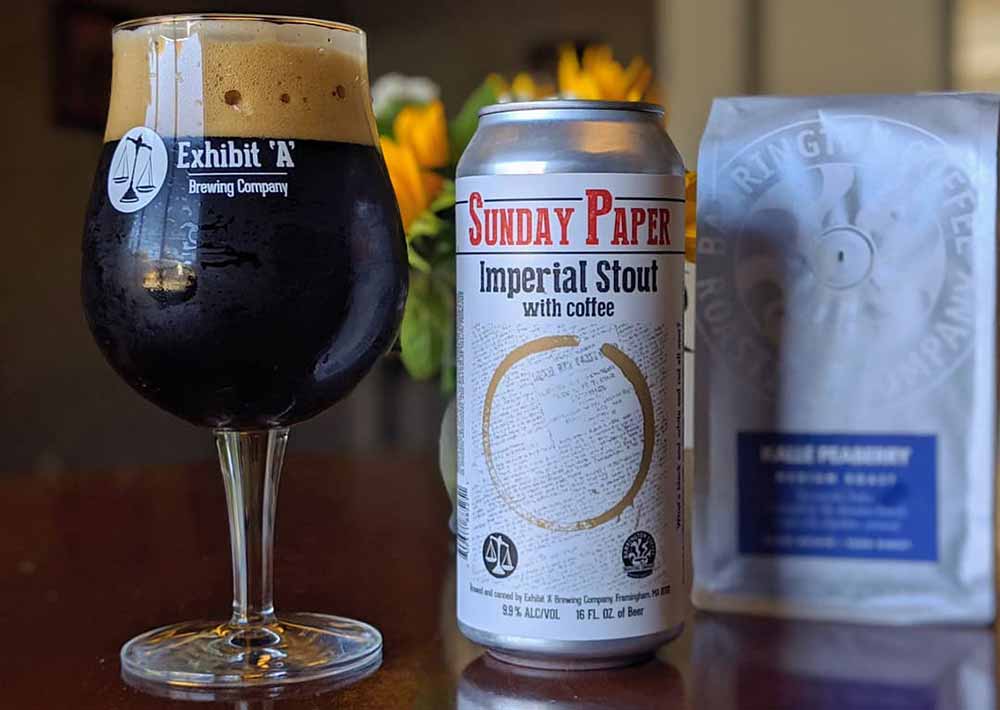
In the beginning we told you that porters use malted barley and stouts use unmalted roasted barley. But we also told you it’s a little more complicated than that. At Exhibit ‘A’ Head Brewer and Co-Founder Matthew Steinberg carefully chooses the ingredients for their porter, Briefcase. Purposefully building the recipe to label the beer a porter. And the approach has worked. Briefcase is well-regarded for a very good reason.
“It’s not that it’s a brown porter,” says Steinberg, “But it is brewed with ingredients as if it’s a brown porter: It’s chocolate wheat – which is not traditional at all, it would be chocolate barley – and this brown malt. That, to me, is what defines the porter style, certainly in our brewery.”
On the stout side Steinberg looks to Guinness, the world’s most famous stout, as the beer that defines the stout style. The key ingredients in Guinness? According to the brewery’s website it’s just roasted barley, malted barley, hops, yeast, and water. The recipe is a delightful reversal of what defines modern day craft stouts. “It’s soft, and it’s almost thin because of the mouthfeel, but it’s very light bodied,” says Steinberg.
Should These Distinctions Matter?
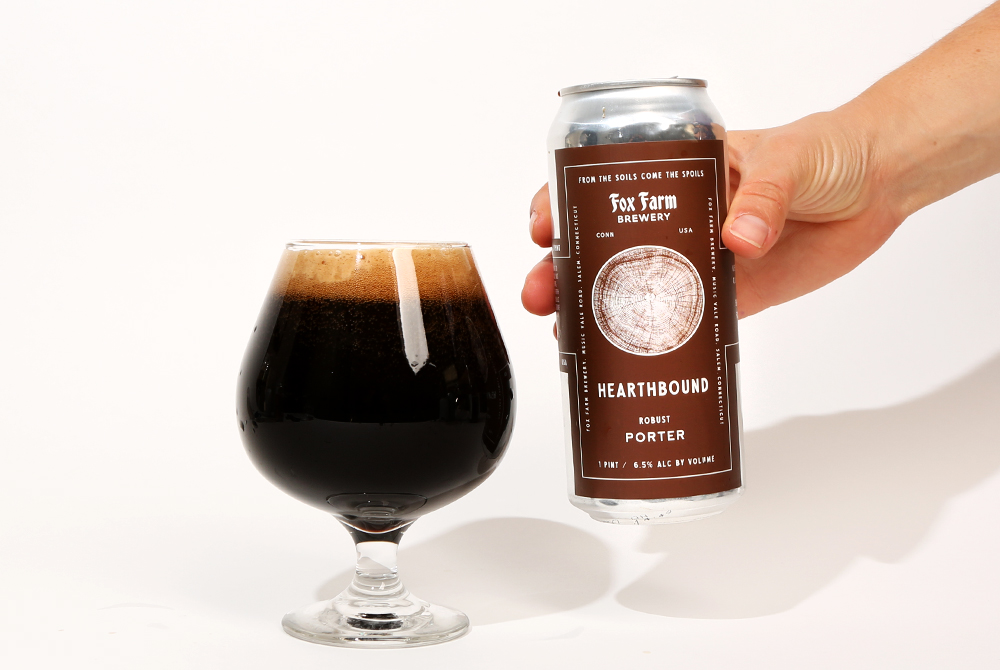
So in the grand scheme of craft brewing, maybe this debate is just a fuss over trivial details. After all, as Roth points out, the barrier between porters and stouts has always been thin. Steinberg thinks that that barrier has all but dissolved in modern brewing. “I’ll go to a brewery and they’ll have a dry stout,” says Steinberg. “And if they have the list of ingredients, and I look at them and think, ‘That’s a porter to me.’ And maybe it’s not, but it’s a porter in the sense that porter and stout, back in the day, were almost the same. They didn’t have a differentiation like we do in modern brewing.”
Since the definitions of porter and stout are practically interchangeable, and certainly up for a degree of interpretation, the distinctions almost seem out of place in today’s craft beer world. But for Roth and Steinberg, there’s still something lost in the market’s restrictive definitions for both styles.
“I love the market,” says Steinberg, “But there’s a very worthwhile discussion about whether the market is changing our perspective of what those [beers] are.” He compares brewers to chefs, pointing out that the latter will take it on themselves to talk to their customers about the dishes on their menus. Consequently, education is part of the experience.
Likewise, education should be part of the craft brewing experience. “I would love to see more of an interest in the straight up styles,” says Roth. “Even though our stout that we brew every year has coffee in it, especially in the craft beer world, there’s an expectation that a stout’s going to have marshmallows and chocolate in it.” A stout doesn’t need all these extra adjuncts to be true to the original style.
Overall, there’s more to stout, and to porter, than expectations allow. Both Roth and Steinberg want to see more focus put on the variations of porters and stouts and less on pigeonholing them into narrow roles.
Maybe customers don’t need to know where the styles come from originally. But we should recognize just how versatile they are when the market doesn’t dictate their definitions.
Above all, if you take away one point here it’s that stouts and porters live on a spectrum. Their definitions aren’t clear cut. And they are up for interpretation.
Our advice: If you like it, drink it. Worry less about the proper definition and more about whether you just enjoy a nice roasty, toasty beer in the cold weather. Or any time of year.
A Few of Our Favorite Porters and Stouts to Try
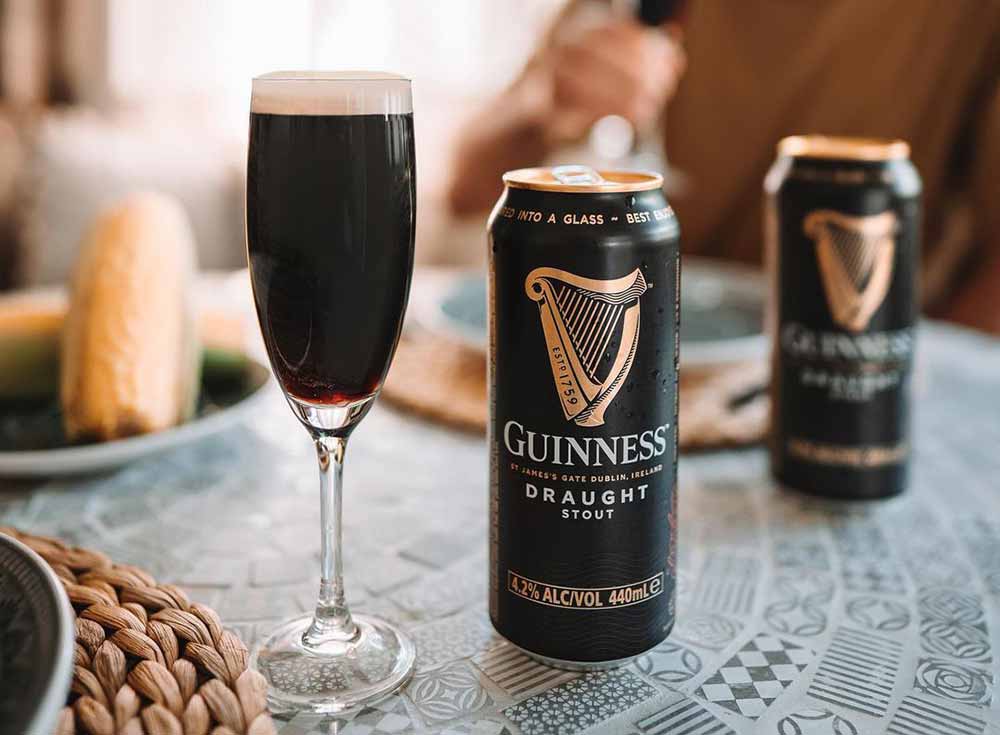
Exhibit ‘A’ Brewing
Framingham, MA
Briefcase Porter – Briefcase is a great example of what a standard porter tastes like. Most importantly what a porter can be: light but warming, robust but surprisingly refreshing. This is the epitome of a porter.
Good Word Brewing & Public House
Duluth, GE
Quantum Immortality Porter – What impresses us most about Good Word is the breadth of European lagers and ales brewed by Owner and Brewer Todd DiMatteo. His English porter is an excellent representation of an underrepresented style. And therefore one of our top beers to drink this fall. Quantum Immortality executes complex chocolate perfection with a velvety finish that goes down oh so smooth. On the other hand, at only 4% ABV, you can have a few of these guilt-free around the fire.
Fox Farm Brewery
Salem, CT
Hearthbound Porter – Hearthbound from Fox Farm, which (true to its name) belongs beside a roaring fire, is a rich, robust porter. Bittersweet chocolate and freshly-brewed coffee flavors are prominent with some gentle, sweet malt notes. But, this beer also manages to be crisp, refreshing, and — at 6.5% ABV — pretty drinkable. So light that bonfire in the backyard and drink your new favorite fall beer!
Guinness Brewery
Dublin, Ireland
Guinness Irish Dry Stout – This is the iconic nitrogrenated first made in Dublin almost 260 years ago. You won’t find anything crazy in this beer. There aren’t any cookies. No coconut, vanilla, fruits, or nuts. This is just a creamy, roasty, chocolatey beer that gets its flavor from the foundations of beer: Water, malts, hops, and yeast. For a historic representation of a stout Guinness is a must. And preferably you should at least one time in your life drink one in Dublin if you can (when it’s safe to do so)!
Exhibit ‘A’ Brewing
Framingham, MA
Sunday Paper Imperial Stout with Coffee – Exhibit ‘A’ makes a superb porter, and unsurprisingly they make a mean stout, too. Sunday Paper does what a stout should do: Present a flavor profile comprising dark bitter chocolate and dark roast coffee, punctuated with light sweetness. But there are other, perhaps unexpected notes worth sniffing out in Sunday Paper, like bitter raisin and even red fruit, to accompany the standards. The beer ties together with a slick mouthfeel and a black-as-night body. It’s a stout through and through, and an excellent demonstration of how a style with a formula as written in stone as this carries a breadth of variation.
Fremont Brewing
Seattle, WA
Kentucky Dark Star Imperial Oatmeal Stout – Like many of the beers brewed at Fremont, the base for KDS was born from a homebrew recipe. Matt initially brewed Dark Star to celebrate the birth of his brother’s first child. KDS is a prime example of why Fremont has one of the most consistent barrel programs in the country. Aged one year in 10- to 15-year-old bourbon barrels, and blended with a two-year-old vintage, the beer is creamy and smooth, drinking well under the ABV on the bottle.
Maine Beer Co.
Freeport, ME
Mean Old Tom Stout American Stout – Brewed in honor of an actual Uncle Tom, who had a “spirit for fast cars, tough motorcycles and mean smiles,” Mean Old Tom from Maine Beer Co. is a relatively simple stout. It’s aged on vanilla beans – and that’s about it. MOT is a low alcohol, slightly sweet, roasty stout. This beer is appreciated for the easy-drinking quality and the low ABV.
Gentile Brewing
Beverly, MA
Nitro Irish Stout – Over the year Beverly has emerged as a major craft beer hub in Massachusetts’ North Shore area. And it’s a good place to visit if all you want is a simple Irish stout. Gentile Brewing is one of two breweries in town rocking the basics on their tap list, a much-needed reminder that the style has its gentler side.

